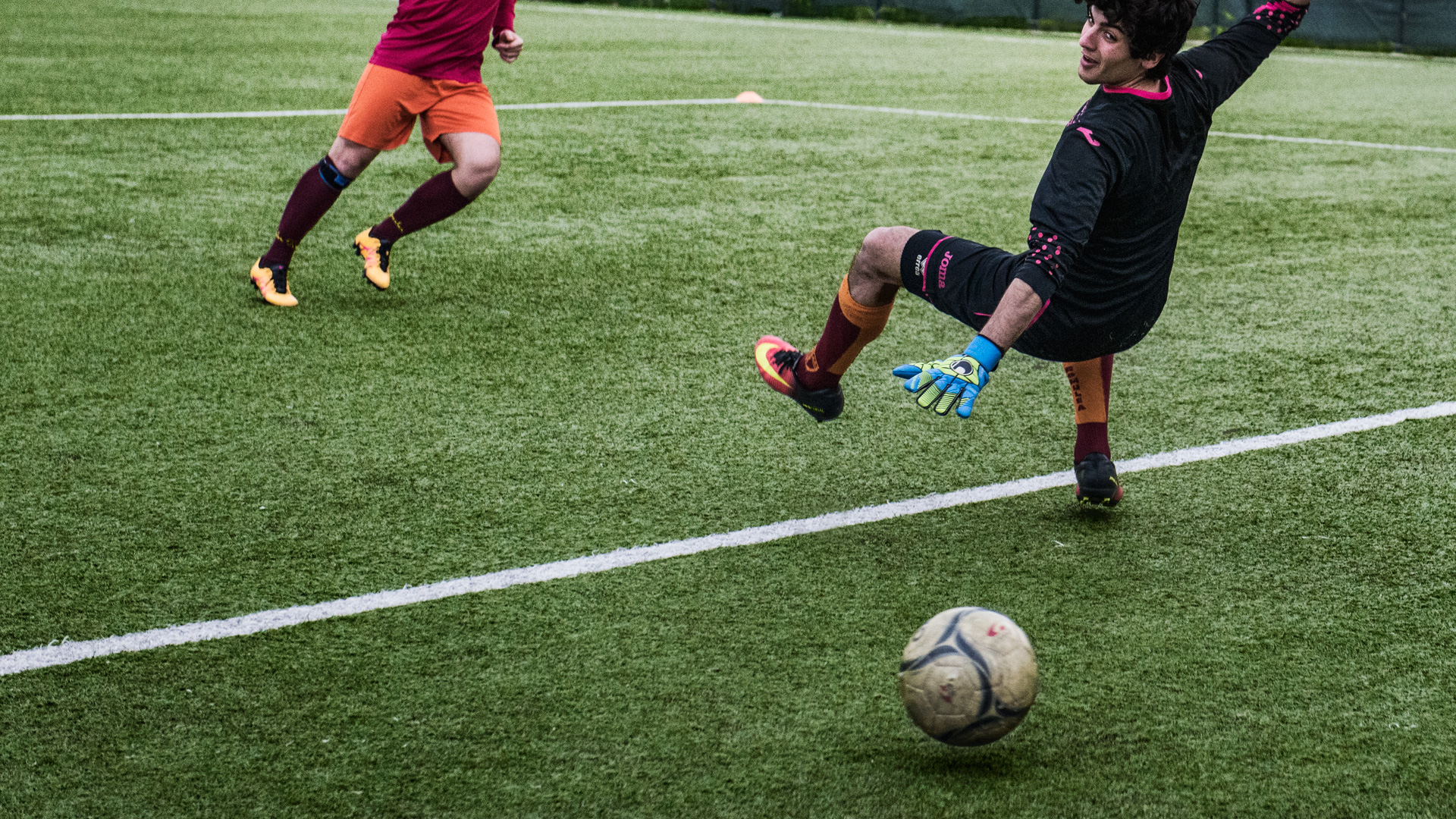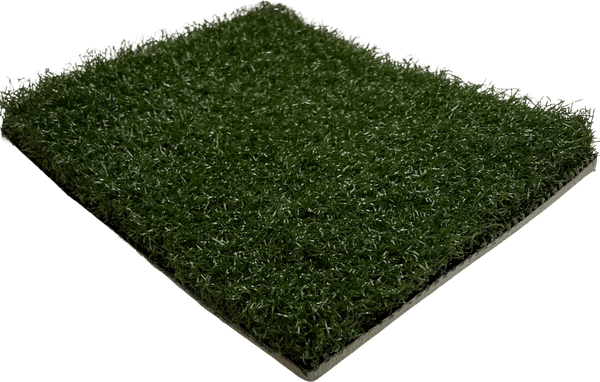Explore the Environmental Conveniences of Opting for Synthetic Grass Solutions
The adoption of artificial turf solutions provides a compelling opportunity to attend to pushing environmental difficulties. By considerably reducing water usage and decreasing the application of unsafe chemicals, these options not just promote lasting landscaping yet additionally safeguard neighborhood environments. Furthermore, the lower carbon impact connected with reduced upkeep activities contributes to a much more sustainable method to land monitoring. The implications of these advantages expand beyond plain conservation initiatives, raising concerns regarding their long-term effect on environment conservation and total eco-friendly equilibrium. Exploring these dimensions discloses a complex interplay worth considering.
Water Preservation Advantages
One of the most significant benefits of synthetic grass is its capability to conserve water. In contrast, man-made turf does not require watering, significantly reducing the overall demand for water resources.
By eliminating the demand for routine watering, synthetic grass adds to lasting landscape practices and aids alleviate the environmental effect of too much water intake. Moreover, the conservation of water extends to the decrease of drainage, which can cause dirt disintegration and waterway air pollution.
Additionally, the installment of man-made turf permits homeowners and districts to assign water sources much more efficiently, concentrating on vital uses such as drinking water and agriculture. The change in the direction of synthetic grass not only promotes accountable water use however also aligns with more comprehensive environmental goals targeted at preserving natural deposits.
As areas progressively prioritize sustainability, the water conservation benefits of synthetic grass present a compelling situation for its fostering in industrial and household landscape design tasks.
Reduced Chemical Use
The change to artificial grass considerably reduces the dependence on chemical treatments frequently made use of in natural lawn maintenance. Typical grass management typically entails the application of herbicides, chemicals, and fertilizers to advertise growth and control pests. These chemicals can present risks to human health, regional wildlife, and the environment, contributing to soil and water contamination.
In contrast, fabricated grass eliminates the need for these damaging substances. By lessening the release of artificial compounds into the ecosystem, fabricated lawn promotes healthier soil and water systems.
Furthermore, the absence of chemical runoff associated with artificial grass installations assists protect local waterways from contamination, sustaining aquatic life and keeping biodiversity. Arizona turf. As neighborhoods increasingly prioritize lasting practices, choosing for fabricated lawn provides a sensible service that straightens with ecological conservation objectives. With this shift, homeowner can take pleasure in lush green spaces without jeopardizing ecological wellness, leading the method for an extra sustainable future
Reduced Carbon Impact

Moreover, the installment of artificial lawn can result in significant water conservation. All-natural grass need significant amounts of water for watering, which not only adds to the carbon impact connected with water extraction and therapy yet likewise strains regional water resources. On the other hand, man-made grass needs marginal upkeep, needing no watering, consequently dramatically lowering water use and its associated energy costs.
Furthermore, the durability of synthetic grass adds to its decreased carbon impact. With a lifespan of approximately 15 years or more, the demand for frequent substitutes is decreased, causing much less waste and lower power usage in manufacturing and taking care of standard grass choices. image source Generally, synthetic grass offers a lasting option for environmentally mindful landscaping.
Environment Conservation
Habitat conservation is an essential factor to consider in the discussion over landscape design selections, specifically when contrasting synthetic grass to natural yard. All-natural lawn lawns often need comprehensive maintenance, consisting of making use of chemicals, plant foods, and herbicides, which can adversely affect local ecological communities. These chemicals can leach right into the soil and waterways, hurting indigenous flora and fauna and interrupting neighborhood habitats.
Fabricated turf removes the demand for unsafe chemicals, thereby safeguarding neighboring wild animals and maintaining the stability of bordering ecosystems. The setup of artificial grass can lead to the conversion of former yard locations into even more biodiverse landscapes, such as pollinator gardens or native plant areas, which can support local wild animals.
Ultimately, the change to synthetic grass not only preserves water and decreases maintenance initiatives however likewise fosters an extra harmonious relationship in between human activities and the natural surroundings, promoting environment preservation at the same time.
Long-Term Sustainability
Lasting sustainability is an essential factor in examining the benefits of synthetic grass over typical turf yards. Among one of the most substantial benefits of fabricated lawn is its sturdiness; it can last approximately 15-20 years with minimal like this upkeep, whereas all-natural yard calls for constant reseeding and substitute. This long life reduces the demand for constant resources, such as water, fertilizers, and pesticides, which are crucial for preserving a healthy and balanced grass lawn.
Additionally, fabricated grass adds to a decrease in carbon emissions linked with lawn treatment devices. Conventional lawns commonly call for gas-powered lawn mowers, trimmers, and blowers, all of which add to air contamination. Arizona turf. On the other hand, synthetic grass removes the demand for such tools, advertising a cleaner setting
Furthermore, the production of man-made grass significantly makes use of recycled products, improving its sustainability profile. As producers embrace environmentally friendly techniques, the ecological footprint of fabricated grass remains to reduce.

Verdict
The adoption of man-made grass remedies presents substantial environmental advantages, including significant water conservation, decreased dependence on dangerous chemicals, and a reduced carbon impact. Fabricated grass help in protecting natural habitats by minimizing land disturbance and promoting long-term sustainability through the use of resilient materials. Jointly, these factors underscore the potential of synthetic grass to contribute favorably to ecological health and wellness and provide a sensible choice to traditional landscape design practices in a progressively resource-conscious globe.
In contrast, artificial lawn does not require watering, substantially minimizing the overall need for water resources. By minimizing the release of artificial compounds right into the community, synthetic turf advertises healthier soil and water systems.
In addition, the installment of synthetic turf can result in significant water conservation. In comparison, synthetic turf requires marginal upkeep, requiring no watering, therefore dramatically minimizing water use and its associated power costs.

Comments on “Enjoy a Ideal Lawn with Arizona Artificial Turf for Any Outdoor Space”